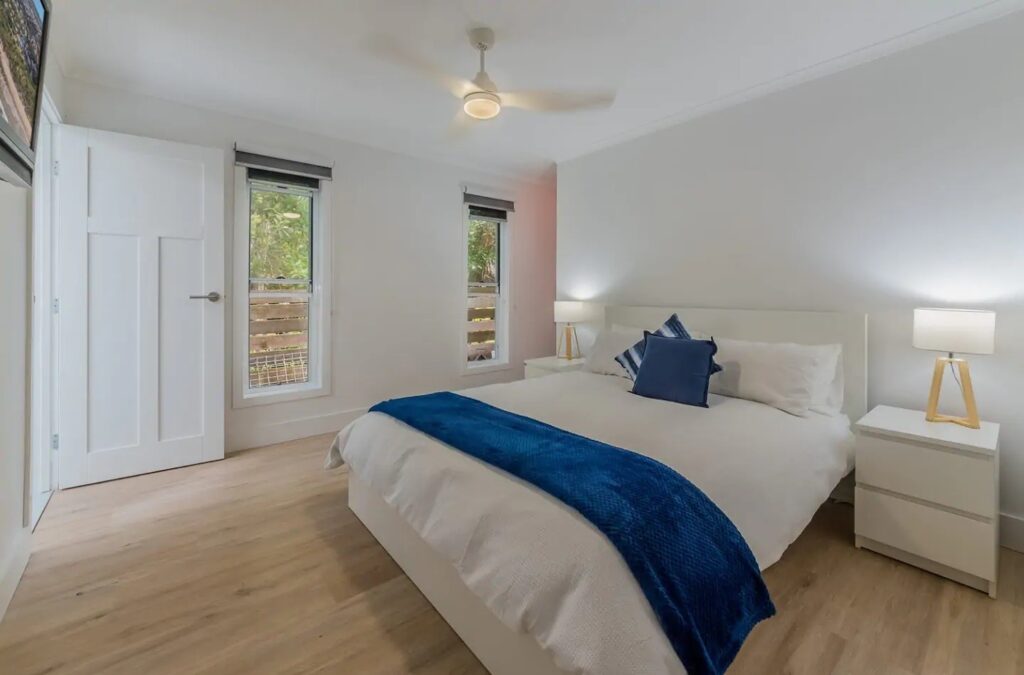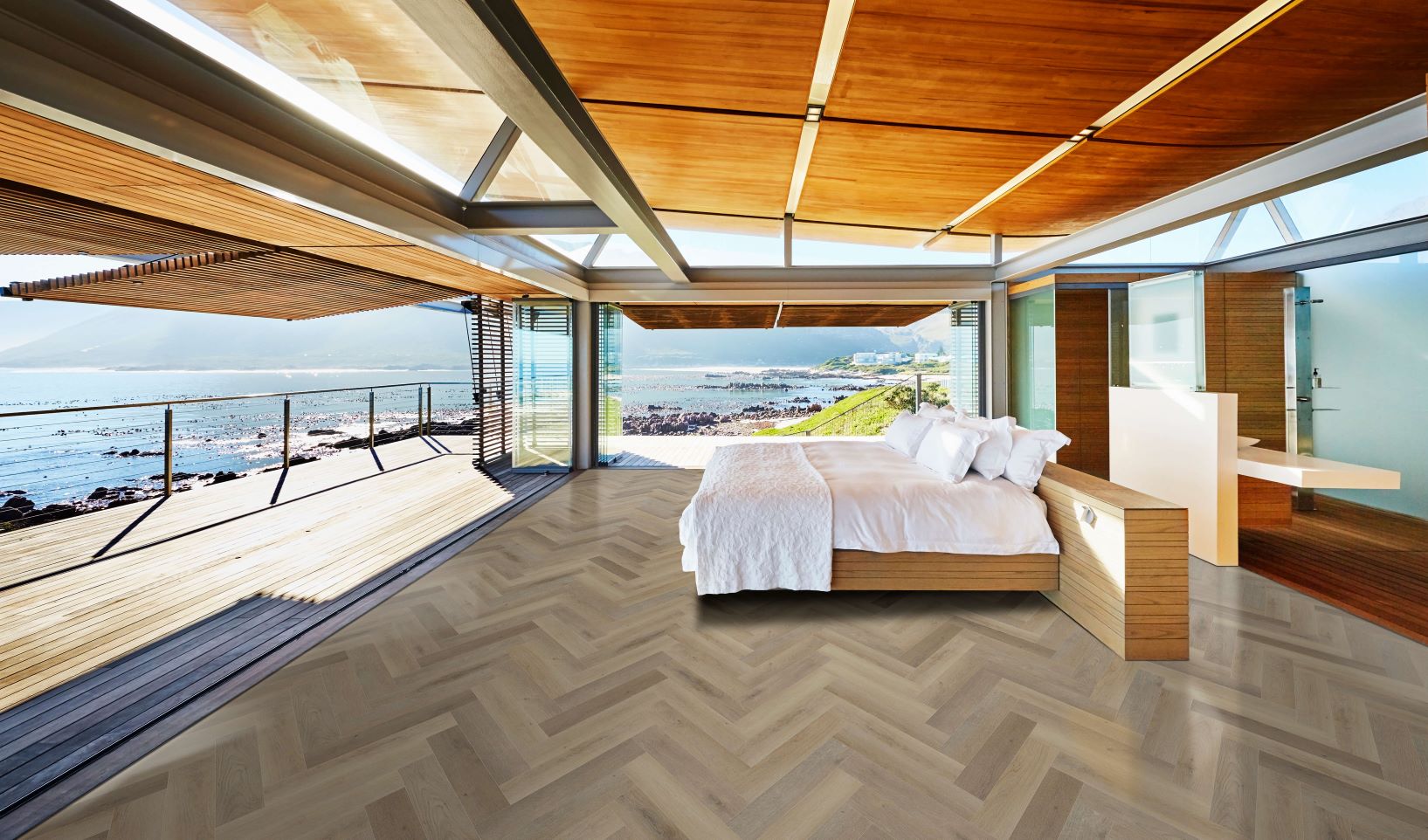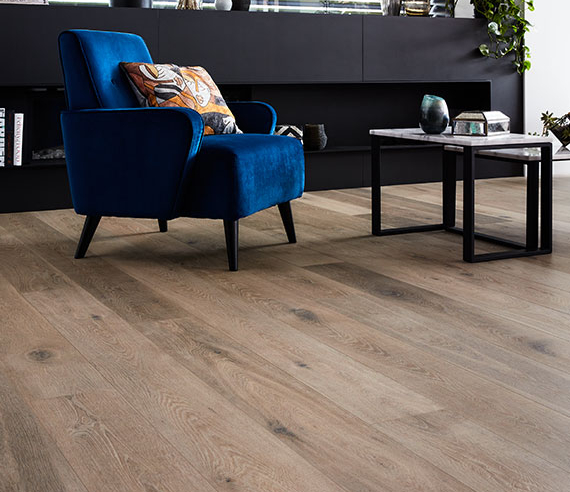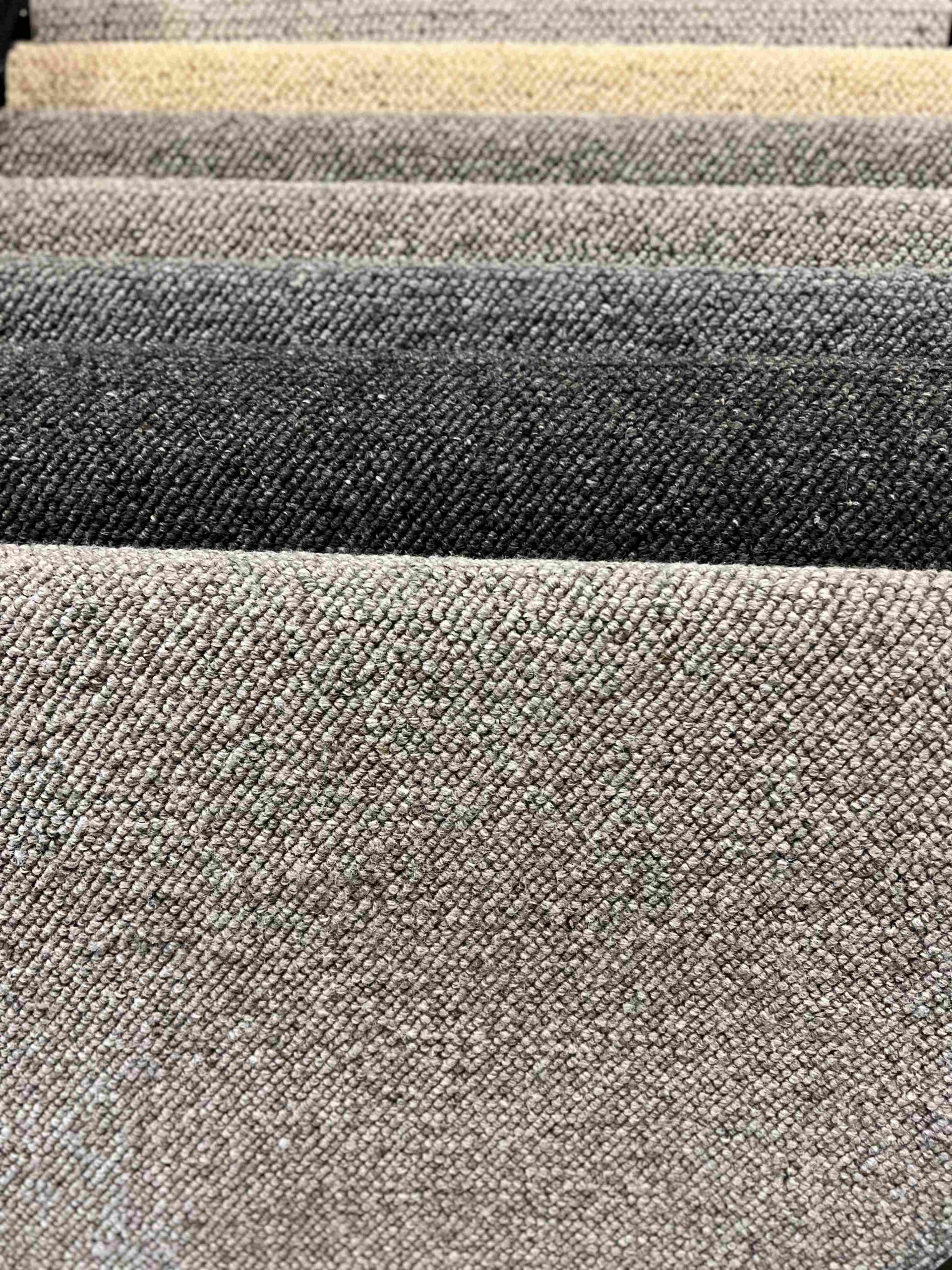How many floors are in the house?
Determining the number of floors in a house requires a thorough understanding of the architectural design and construction of the building. Typically, the number of floors in a house varies depending on a variety of factors such as the size and layout of the construction, the number of rooms, and the height of the ceilings.
In general, a typical house may have one or two floors, while larger homes may have three, four, or more levels. The number of floors in a house is also influenced by the intended use of the building, such as a residential or commercial property.
Moreover, it is important to note that some buildings may have additional levels such as basements or attics that are technically not considered floors. Therefore, the answer to the question of how many floors are in a house is highly dependent on the specific construction of the building in question.
In conclusion, determining the number of floors in a house is not a straightforward answer and requires a detailed analysis of the building’s design, intended use, and construction. It is crucial to consult with a professional architect or building expert to provide an accurate answer to this question.
Is the flooring recently updated?
When it comes to assessing the condition of a property, one of the most common questions that arise is whether the flooring has been recently updated. This is an important consideration as the condition of the flooring can have a significant impact on the overall aesthetic appeal, functionality, and value of the property.
Before we delve into the answer to this question, let us first understand what is meant by the term “flooring”. Flooring refers to the material that is used to cover the floor of a property. This can include materials such as hardwood, laminate, tile, carpet, vinyl, and many others.
Now, to answer the question at hand – whether the flooring has been recently updated – requires a thorough examination of the property. The first step in this process would involve a visual inspection of the flooring to determine its age and condition. If the flooring appears to be old or worn out, it is likely that it has not been recently updated.
However, it is important to note that appearances can be deceiving. In some cases, the flooring may have been updated, but the new material used may not be of high quality or may not have been installed properly, resulting in a less-than-ideal appearance.
To get a more accurate answer to the question of whether the flooring has been recently updated, a more comprehensive inspection would be required. This may involve checking the property records for any remodeling work done on the flooring, as well as examining the quality of the material used and the installation process.
In conclusion, determining whether the flooring has been recently updated is an important consideration when assessing the condition of a property. It is recommended to consult with a professional home inspector or flooring expert to provide an accurate assessment of the flooring’s age, condition, and quality. Upgrading or updating the flooring can be a worthwhile investment that can boost the appeal and value of a property in today’s market. It is important to stay up-to-date with the latest flooring trends and materials to ensure that your property stands out from the competition.
Are there hardwood floors throughout the house?
Determining if a house has hardwood floors throughout can be a crucial factor in making a purchasing decision. Hardwood floors are a popular and sought-after feature in many homes. They add value, elegance, and durability to any property. However, not all houses have hardwood floors throughout, and some may have different types of flooring in various areas.
To determine if a house has hardwood floors throughout, you need to conduct a thorough inspection. Start by looking at the flooring in each room of the house. Check for the presence of wood grain, the texture, and the color of the flooring. Hardwood floors are typically characterized by their natural wood grain patterns, which you can see from up close. They also have a smooth surface and a consistent color tone throughout the house.
Another way to determine if a house has hardwood floors throughout is to ask the seller or the real estate agent. They should be able to provide you with information about the type of flooring installed in the house. If they cannot confirm if the house has hardwood floors throughout, you may need to hire a professional inspector or contractor to inspect the flooring.
It is worth noting that some houses may have hardwood floors in some rooms and different types of flooring in others. For instance, a house may have hardwood floors in the living room, dining room, and bedrooms, but have tiles or carpets in the kitchen and bathrooms. This is not uncommon, and it can be a matter of personal preference or practicality.
Are there any steps or elevators to access different floors?
When designing a building, accessibility is a crucial factor to consider. One of the most important aspects of accessibility in any structure is the ability to easily and safely move between different floors. Thus, steps and elevators are two common options available for accessing different floors.
Steps are the most basic and traditional way of accessing different floors. They are a simple, cost-effective solution that can be used in both residential and commercial buildings. However, for individuals with physical disabilities, steps can be a significant barrier to accessibility. For this reason, elevators are often included in modern buildings to provide a more inclusive solution.
Elevators are an essential feature of modern buildings that allow people with mobility issues to access different levels easily. They come in different types and can be customized to meet the needs of specific buildings. For example, some elevators are designed to be wheelchair accessible, meaning they have a wider entrance and are equipped with handrails and controls at a lower height.
In conclusion, steps and elevators are both methods of accessing different floors in a building. However, while steps are simple and cost-effective, elevators are a more inclusive solution that provides accessibility to individuals with disabilities. Proper consideration of accessibility when designing buildings is crucial to ensure that all people can access and enjoy them.
Are there any floor-to-ceiling windows?
When it comes to modern architecture and design, floor-to-ceiling windows are a popular feature that many homeowners and architects choose to incorporate into their properties. These windows offer a range of benefits, including increased natural light, better ventilation, and the illusion of more space.
If you’re curious about whether a particular property has floor-to-ceiling windows, there are a few things to keep in mind. First, it’s important to understand what “floor-to-ceiling” means. Typically, this term refers to windows that extend from the floor to the ceiling, with no breaks or interruptions in between. In some cases, there may be a small header or transom above the window, but the majority of the window will be glass.
When looking for floor-to-ceiling windows, you’ll want to pay close attention to the design and layout of the property. These windows are often used in open-concept spaces, such as living rooms or kitchens, where natural light is highly valued. They may also be used in bedrooms or other areas where privacy is less of a concern.
Another factor to consider when looking for floor-to-ceiling windows is the orientation of the property. In general, south-facing windows will receive the most sunlight throughout the day, while north-facing windows will receive less direct sunlight. Depending on your climate and preferences, you may want to prioritize properties with windows that face a certain direction.
Overall, there are many factors to consider when looking for a property with floor-to-ceiling windows. By keeping these considerations in mind and working with a knowledgeable real estate agent, you can find the perfect property that fits your needs and design preferences.
Flooring trends that will boost your home’s appeal in today’s market
When it comes to selling a home, small details can make a big difference in catching the eye of potential buyers. One of these details is flooring, which can have a significant impact on the overall look and feel of a property. If you’re preparing to sell your home or simply want to update its look, consider these flooring trends that are currently popular in the market.
First on the list are natural hardwood floors, which are a classic choice that never go out of style. However, in 2021, the trend is shifting towards darker, richer hues such as ebony and espresso. These colors create a sense of luxury and sophistication that can elevate the look of any room. Another popular trend is wide plank flooring, which gives the illusion of more space and enhances the natural beauty of hardwood floors.
For a more budget-friendly option, consider luxury vinyl plank (LVP) flooring. LVP has come a long way in recent years and can now mimic the look of natural wood, stone, or tile at a fraction of the cost. It is also durable and easy to maintain, making it a great choice for families with children or pets.
Finally, if you want to add a pop of color or texture to your floors, consider patterned tile or carpet. These options can add visual interest to a room and create a unique, personalized look. Geometric patterns and bold colors are particularly popular in today’s market, but make sure to choose a pattern that complements the overall design of your home.
In conclusion, flooring is an essential aspect of a home’s design and can have a significant impact on its appeal in today’s market. Consider these current flooring trends when updating your home’s floors or preparing to sell, but always remember to choose a style that complements your personal taste and the overall design of your home. Working with a professional real estate agent can also help ensure that your flooring choices resonate with potential buyers and increase your home’s value.
Is the flooring polished or painted?
When it comes to flooring, there are various finishes available, such as staining and painting, which can give different looks and durability. To answer the question, we need to understand the differences between staining and painting.
Staining refers to the application of a colored solution that penetrates into the pores of the wood, enhancing its natural beauty and grain patterns. Staining is a popular choice for hardwood floors as it offers a warm and natural look. Stains come in a range of colors and can be customized to match the décor of a room. Stained floors require periodic reapplication to maintain the color and protect the wood.
Painting, on the other hand, involves applying a colored coat of paint to the surface of the floor. It usually creates a smooth, uniform finish that can be customized to match any color or style. Painting is a great option for floors that have been damaged or have an uneven surface, as it can cover up imperfections. Painted floors are durable and easy to clean, but they can chip or peel over time with heavy use.
So, to answer the original question, we need to examine the flooring closely to determine if it is stained or painted. If the surface appears to have a coloured coat that is smooth and uniform, it is most likely painted. If the surface shows the natural grain patterns of the wood and has a more organic look, it is likely stained.
In conclusion, staining and painting are two popular options for finishing floors, each with its own advantages and disadvantages. When choosing between the two, consider the overall style of your home, the level of maintenance you are willing to do, and the durability required for the space. Discussing your options with a flooring professional or real estate agent can help you make an informed decision that will enhance your home’s appeal in today’s market. Remember, flooring is an investment that can pay off in the long run, so choose wisely.
As flooring plays a crucial role in the overall appeal and value of a home, it’s important to choose the right option that not only looks good but also meets your practical needs. With so many options available in today’s market, it can be overwhelming for homeowners to make a decision. That’s where the expertise of flooring professionals comes in. At MCF, we have a team of flooring experts who can help you navigate the options and find the perfect flooring solution for your property.
Our team has years of experience in the flooring industry and can offer a range of options for every style and budget. We understand the importance of durability, maintenance, and design when it comes to flooring, and we can guide you every step of the way. From classic hardwood to modern luxury vinyl, we have a wide selection of options that can suit your lifestyle and preferences.
At MCF, we also prioritize customer satisfaction and offer top-notch installation services to ensure that your new flooring not only looks great but also performs well. Our installation team is trained and experienced in handling all types of flooring materials, and we strive to deliver high-quality workmanship on every project.
In today’s competitive real estate market, investing in quality flooring can make all the difference in attracting potential buyers and increasing the value of your property. With MCF, you can be assured of finding the best flooring solution for your home. Contact us today to schedule a consultation with our flooring experts and elevate your home’s style and value.







